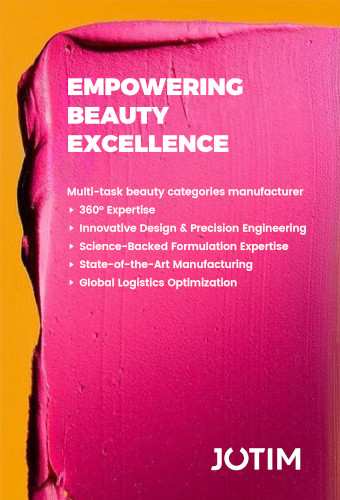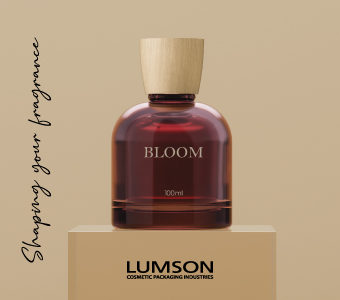The benefits of airless systems are numerous and it is translated in the strong progress of their sales, +15% a year on average.

Two main technical solutions
Mainly characterized by their ability “to perfectly dispense a liquid, cream, or paste product, avoiding any possible contamination from an external source (direct contact with fingers, air, etc.),” there are two main airless categories: airless with a piston that represents 95% of volumes and airless with a pouch.
A study of patents filed and of the latest innovations shows numerous attempts to adapt the airless system to any kind of packaging (mascara, powder) even if to date bottles, tubes and jars are mostly found on the market.
The contamination issue
The EU cosmetic regulation, defines packaging and containers mainly in terms of safety vis-à-vis impurities likely to migrate in the product and of microbiological contamination. As stated Laurence Mulon, regulatory consultant "airless packaging enables quite easily to overcome the regulatory constraints by meeting these requirements."
However, in order to ensure that formulas are really protected, even sterile, filling systems often remain inseparable from the packaging and must provide an atmosphere free of outside contaminants, from the manufacturing of the bulk to the installation of the pump.
The environmental issue
For their part, environmental concerns, seldom mentioned in the regulation, are supported instead by standards on natural and organic products such as Ecocert, Cosmos, etc. Each organization has its own rules of acceptance even if it appears that the end of life and the recyclability of the packaging are the main criteria.
In this highly innovative industry, numerous airless manufacturers try hard to propose the most eco-friendly solutions, through the reduction of the carbon footprint of each reference, the lightening of products, the reduction of the number of components and/or their recyclability, the introduction, of refilling systems, etc.

But do all these efforts answer consumer demands?
What do consumers want?
The various participants explained their difficulty to valuate their environmental efforts towards consumers. Consumers that are s attracted by sustainable development, but often make the choice of the cheapest product. Actually, behaviours vary from one market to another, from one product to another. For instance, buyers in emerging markets, or buyers of luxury products appreciate heavy products, considered as products of good quality.
Nevertheless, some markets fit especially well with airless packaged products. This is the case with dermocosmetics.
However, using an airless packaging still often appear as an answer to a technical need rather than a marking argument. "It is not the consumer who imposes airless it’s the formula," said a member in the audience.
Some innovation levers remain to make of the airless an additional selling argument. Could we say that the airless still has many assets to reveal?



































